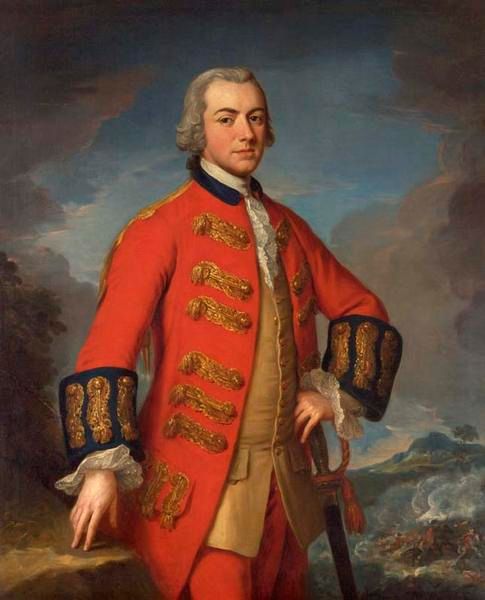For smooth Ad free experience
For smooth Ad free experience
By devising various reforms in the revenue collection and judiciary systems, Lord Cornwallis enriched the already sown seeds of British empowerment over India.

Happened on 12th September 1786
He was appointed due to his remarkable performance during the American war of Independence. The British East India Company demanded him to amend the judiciary and administrative systems as soon as he arrived at Calcutta on September 12. Cornwallis debugged nepotism and introduced nomination on the basis of merit.
Cornwallis then progressed towards judicial reforms. Earlier, the local rulers had the authority to act as a judge and declare punishments. Those criminals, who had a rich background or effective connections, often were spared without any harm. The penal codes were written separately for Hindus and Muslims. William Jones took charge of translating both and translated in English.
Now, the local rulers or the revenue collectors were reduced to Civil Magistrates, who were to maintain records of their revenue collection and detention. The power was snatched from the rulers and Nawabs, and there Cornwallis replaced them with circuit courts (smaller courts) and a supreme court, if the decision was dragged further from the circuit courts. It was popularly known as the Cornwallis Code.
There was a certain limitation to his fixation on the judiciary system. With the introduction of the Cornwallis Code, his favouritism towards his own men was clearly visible. The lingering racism came out with his belief that white men are fairly superior to Indians in every aspect. A very sound class hierarchy was added to the complex system of India.
However, he established a Sanskrit College for Hindus, a mint in Calcutta, and effectively controlled the lawlessness like slavery and child labour.
Another medal on his collar was added by the devising of the Permanent Settlement. The British Officials had asked him to come up with an efficacious land revenue system that wouldn’t compromise British interests. And in 1793, Lord Cornwallis came up with Permanent Settlement. The system enabled a zamindar to have the authority over a piece of land and its revenue collection. A fixed amount of the revenue collected will be submitted to the British within a fixed time, before sunset. This was devised to reduce the heavyweight of tax from the shoulders of the peasants and to have a systematised collection of revenues.
The most crucial point in Lord Cornwallis’ Governor-Generalship came with Tipu Sultan and the last two battles of Mysore. The first and second campaigns against Seringapatam made Lord Cornwallis realise the turmoil in between the troops. It wasn’t easy to maintain a mixed-race army, and even including foreigners. Not only did they speak different languages, leaving room for miscommunications, but their needs and requirements were also different. Some were so disorganized that it gave Tipu Sultan an advantage. Somehow he forced Tipu to surrender finally, but wasn’t very interested in the acquisition of the territory. Both the parties signed the Treaty of Seringapatam to end the malevolence.
0
You might be interested in reading more from
